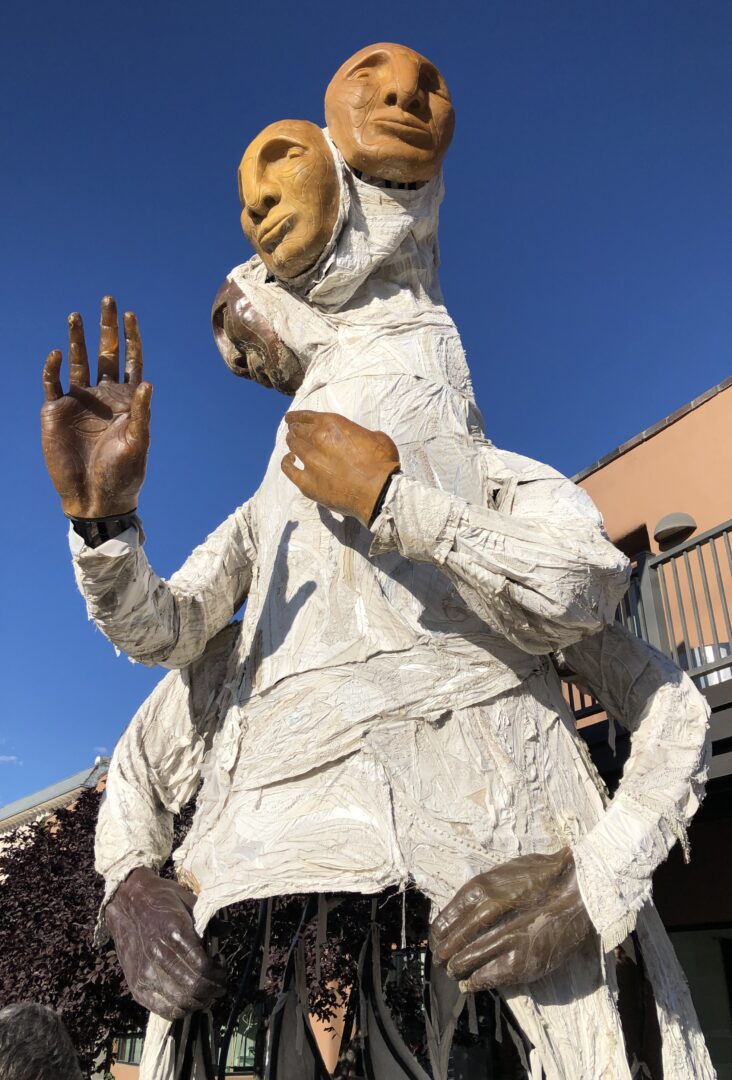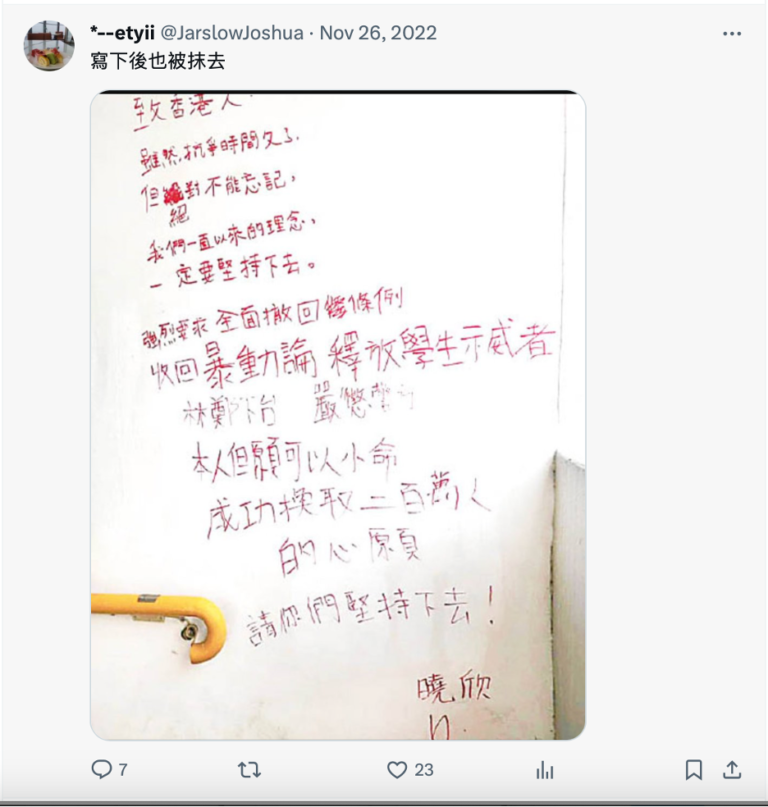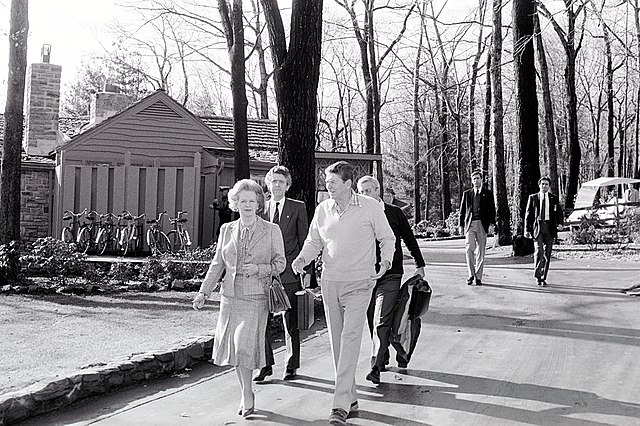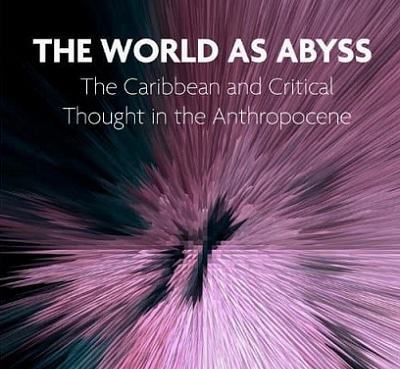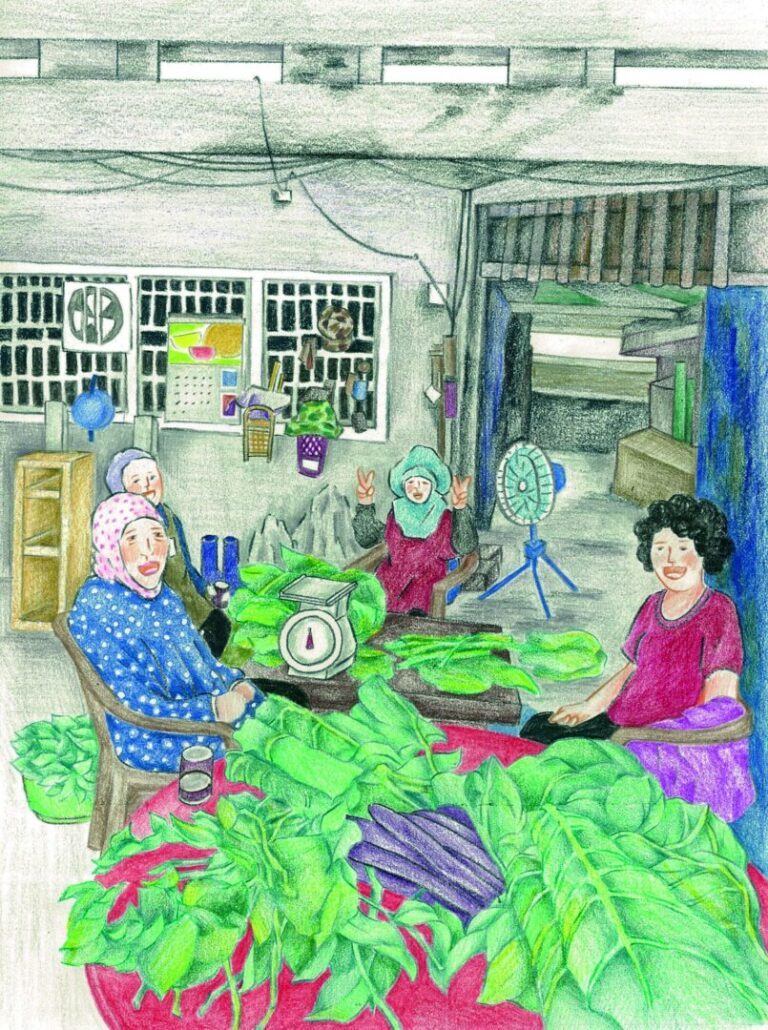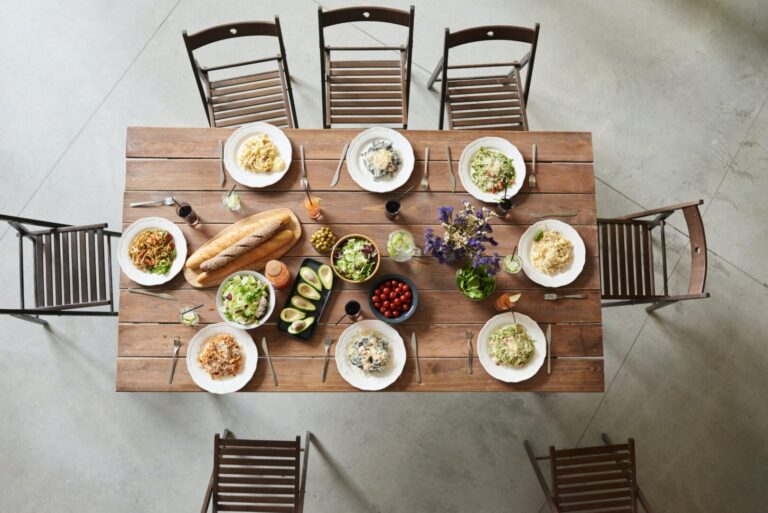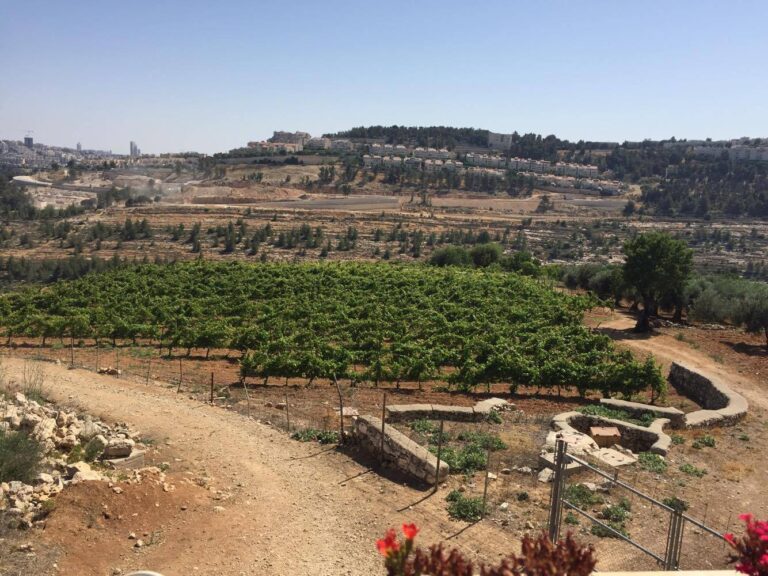This issue of Lateral introduces new features and significant original scholarship, including the Feeding the Civic Imagination forum, the debut of Aporias, new additions to Years in Cultural Studies and Positions, three original articles, and several book reviews.
Issue 13.1 (Spring 2024)
Cringe Theory
Cringe theory is a framework intended to make sense of cringe as a cultural and political phenomenon that has come to condition how disability is understood in the contemporary American public imagination. Informed by Silvan Tompkins’ approach to affect, cringe theory has two distinct modalities. First, it can be understood as a suprastructure of feeling, a reflex tethered to our affective anatomy, which regulates the relationships between and among our emotions. This modality of cringe theory operates internally, telling us when to cringe, and each of us has our own, even if they do often resemble one another. The second of cringe theory’s modalities comes into view as an analytic that traces cringe from the moment of its emergence through the ripple of its repercussions. As an analytic, cringe theory helps us to understand how cringing operates as a culturally conditioned response to the world and as evidence of our affective relations to normative power. By examining both the internal and analytic forms of cringe theory, I show that cringing is a deeply political experience, one that indexes affect as an internalized system of governance by which we come to feel with normativity. Disability is a perfect object for this kind of affective governance, given how often it is used to signify the porous boundary between the purely aesthetic and the resolutely political. By examining a series of recent, popular representations of disability that attempt to elicit cringing from the audience, I argue that we are increasingly encouraged to know disability through our felt or affective perceptions of it. Cringe theory reveals one route through which these affective perceptions are engendered, alongside the affective norms that condition how we are all feeling our way through life.
We Are Not (Yet) Nonbinary
I am addressing this paper to other white temporarily-able-bodied settler feminists interested in moving, not just toward a queer (queerer?) horizon, but toward a nonbinary liberatory futurity as a collective political aspiration (not an identitarian goal of self-actualization). In this paper, I consider how we might mobilize the nonbinary as a freedom practice, a practice building toward a future where we are all free. Imagining and creating a liberatory inclusive future necessarily requires dismantling the constrictions of reproductive futurity, constrictions built on binary analytics. This paper begins with an outline of how a sense of urgency, legal and medicalized frameworks, and anti-victimism have dominated post- Dobbs responses and reinvigorated an allegiance to retrograde, repressive reproductive futurity. This brief discussion of post-Dobbs responses sets the stage for an exploration of a more expansive, inclusive, collective futurity beyond the settler state, a freer futurity made possible by mobilizing a nonbinary intersectional critique anchored in queer/crip/Indigenous analytics.
Affective Aesthetics: Mapping Visual Cultural Memories in the 2022 Anti-Zero-COVID Policy Protest in China
This article examines the meaning‐making work of historical, cultural, and visual references in the 2022 anti-Zero-COVID policy protests in China. Characterized by homemade protest placards, the wave of 2022 grassroots protests were striking, typically citing well-known historical quotes, written in red paint, or the use of plain white paper. Using the frameworks of affect theory and analyses of visual culture, I draw attention to underexamined forms of Chinese cultural and visual traditions of protest, and address the following empirical questions: Which national visual cultural references are mobilized in this contemporary protest; how do people repurpose specific cultural idiosyncrasies to voice political dissent; and how do these references contribute to local political meaning‐making and community-making? Via a qualitative analysis of such signs, this study identifies three types of cultural resources permissible by the state that became co‐opted in the protests: 1) literature from anti-imperial times, 2) motivational slogans and symbols from the cultural revolution, and 3) the contemporary technique of censorship. These references are appropriated for the potential afforded by their recognizability, their affective function to articulate the political cause, and their ability to bypass censorship and generate communities across national and regional boundaries. Examining the A4 Revolution as a paradigmatic case, I argue visual historical citation holds significant aesthetic, affective, and political value, particularly in its capacity to mobilize the masses within undemocratic environments. The affective visuals used in the protests can be read as a performative, strategic, and psychosocial device of “critical inheritance from the bottom up,” one that invites citizens to re-access cultural memory and critique the oppressive present.
Years in Cultural Studies
Years in Cultural Studies offers essays focused on specific years in the history of cultural studies, providing a pedagogical resource, a place for documentation and excavation, and a forum for more storytelling.1980—Neo-Marxism, Feminism, and Post-Colonialism at the Dawn of a New Decade of Cultural Studies
Tested against the global political struggles of feminist and anti-colonialist activists, cultural studies scholarship during the 1970s shifted from the subversion of humanist and empiricist dichotomies to the problematization of the limits and possibilities of postmodern critical knowledges themselves. Arguing for analyses that acknowledge the persistence of hierarchical systems and structures—such as neo-imperialism, and the persistent division of labor by sex—as social relations and subjectivities have become more individualized, fragmented, and unstable, we may recognize the year of 1980 as the symbolic moment cultural studies scholars would particularly problematize the categories, oppositions, and dichotomies on which conventional notions of race and sex rely. This article chronicles some of the key debates coming to a head over the course of the late 1970s which would prove fundamental to the development and continued importance of the cultural studies project over the course of the 1980s.
Aporias
Edited by Joshua Falek
Aporias invites emerging scholars to write about the contemporary or historic controversies or lacunae within cultural studies or related fields that have yet to be properly synthesized, countenanced, or come to resolution. Call for contributions >
Introduction
This special section provides snapshots of the field of cultural studies, querying theoretical lapses, overlaps, and contentions between and within competing texts. In these short pieces, emerging scholars enter contemporary or historic academic debates to complicate the canon without a desire for resolution.
The Future Isn’t Now: Impossible Action in Political Scholarship
In a world of negation, it is exhilarating to imagine possibilities. Such is evident in the strain of critique that asserts there is something radically productive in opening up possibilities. This makes sense: critical theory seeks to illuminate something beyond endless torrents of death and destruction. But, this essay contends, the thrill of possibility-creation has created a new aporia: the affect gesture of possibility risks overshadowing the realization of radical possibilities. Various strains of scholarship presume that scholarly politics is a matter of perceiving and awakening possibilities. The impulse is most readily clear in utopianist scholarship like that of José Esteban Muñoz, but it’s also evident in work by Saidiya Hartman, Eve Kosofsky Sedgwick, and even Rita Felski. All these materials propose that cultural materials can coordinate possible worlds, and by extension, scholarship competency is to schematize them. But, I argue, the scholarship that follows these thinkers risks becoming trapped by possibility. It’s captivating to imagine new ways of being or living or knowing, but there exists neither the professional incentive nor the affective discipline to realize those possibilities. In our reverie at imagining the construction of a better world, our blueprints don’t necessarily reach the builder—and the indulgence of possibility risks sliding back into despair. This essay does not argue for dismissing the scholarship above, but rather suggests we haven’t read them well enough. Muñoz, Hartman, and Sedgwick are not drunk on hope; their openness to possibility comes from the mute agony of living in an unlivable world. Although a variety of material factors stand in the way of scholar-activism, this affective trap remains one of the most pressing—for if we do not recognize the feelings that structure political scholarship, we will only be playing a language game, projecting possibilities that could never come to fruition.
Anti-Blackness as Disavowal and Condition: Rethinking Foucault’s “Carceral Society”
Recent calls to “defund the police” have seen a plethora of movements decry state funds allocated to the police and ask that those funds be placed elsewhere. In this article, we return to Michel Foucault to analyze how calls for rebalancing budgets away from the police force and towards social projects both rely on political categories established in Foucault’s work and encapsulates an aporia that emerges through them. Locating shifts towards the carceral in the context of European modernity, Foucault suggests that policing moves away from the spectacular torture and punishment of sovereign and state and towards technologies of power that proliferate across the social body. Here, we suggest that in this movement between sovereignty and power emerges a central tension that Foucault is incapable of resolving—between an exteriorized sovereignty (death) that necessarily appears at the extreme limits of power (life)—which threatens to destabilize the domain of power altogether. Race—as it appears in the European frame and reaching a zenith in Nazi Germany—encapsulates Foucault’s attempted mitigation. If anything, this exacerbates the problem by rendering the terms of inclusion in the domain of power (of making life live) incoherent. To see why, we go on to show how freedom from racial slavery—as space of incapacity—is the conduit through which entry is possible into the differentiated power that supposedly limits the social. But as such, the slave precisely indexes the aporia for Foucault that cannot be sutured. The implications of this can be seen in the calls to defund the police insofar as it implicitly repeats Foucault’s shift from police to social power.
Positions
Produced by Mark Nunes and Elaine Venter
Positions aims to provide critical reflection and examination on topics in cultural studies for scholars, students, and a general audience. Participate in the podcast >
The World as Abyss
Andrew Culp and Cultural Studies Association’s Black and Race Studies Working Group Co-Host Shauna Rigaud discuss The World as Abyss: The Caribbean and Critical Thought in the Anthropocene (University of Westminster Press, 2023) with authors Jonathan Pugh and David Chandler. This podcast is accompanied by a scholarly commentary by Richard T. Stafford.
Feeding the Civic Imagination
Edited by Do Own (Donna) Kim, Sangita Shresthova, and Paulina Lanz
Food is a powerful entry point into the civic imagination—i.e., the capacity to imagine alternatives to current cultural, social, political, or economic conditions, the social process of which fosters a shared vision for collective action. Articles in this collection urge us to engage with food in new imaginative ways, fostering and bridging conversations: one cannot change the world unless one can imagine what a better world might look like, and one must explore together to navigate and actualize the imaginative possibilities.
Introduction – Feeding the Civic Imagination
Food is a powerful entry point into the civic imagination—i.e., the capacity to imagine alternatives to current cultural, social, political, or economic conditions, the social process of which fosters a shared vision for collective action. As an essential material component of human life, food exists as an extremely mundane and dynamic aspect of our everyday personal and social experiences; our relationship with food is intertwined with issues of privilege, access, representation, language, ethnicity, and the materiality of culture. This forum explores diverse intersections between food and civic imagination, with topics ranging from shared memories, local (re-)imaginations, history and civic action, and private-public translations. The forum discusses how food sustains, nourishes, and connects individuals and their communities by delving into both their presence—e.g., acquiring and preparing ingredients, cooking meals, sharing or selling foods—and absence—e.g., hunger and human waste in food ecology. Articles in this collection demonstrate that the civic imagination is not only fed in dining rooms and kitchens but also in less conventionally thought-of contexts, such as digital spaces, toilets, and forums such as ours. They urge us to engage with food in new imaginative ways, fostering and bridging conversations: one cannot change the world unless one can imagine what a better world might look like, and one must explore together to navigate and actualize the imaginative possibilities.
“A Pinch of Imagination”
There is a rise in events connecting people to food, the sources of food, and the materiality of food––including all its affective and sensorial qualities. We have found that this not only translates into food politics but into a wide array of power dynamics surrounding food that connect our past to our imagined/desired futures, especially as we engage with conversations that become nodes that facilitate connections across cultures. The connection lies beyond the ingredients but in the affective agency within them and their relationship to each other. We focus on how we connect through the ingredients, how we measure them, and how they exist in relation to one another, as ingredients strengthen the affective connection with food materiality, as we feel the textures and tastes in order to know if you put the right quantity. Our proposal is a provocation of how transnational creative practices are produced and translated through a cocreated recipe whereby talking through a common recipe (and how that recipe came to be) we disclose and imagine glocal similarities between Mexican food and Palestinian food.
From Housewives to Homemakers: Civic Engagement, Imagination, and Déjà Vu in Taiwan
In a democratic country like Taiwan, civic participation generally takes place everywhere and every day in various forms, such as petitioning, community building, and protesting, and it is too mundane to be noted. Not until the moment of crisis could the energy it has harbored be seen. COVID-19 undoubtedly is a challenge for all humans in the world. Misfortune as it was, this state of exception presented people with resilience and creativity to assist one another. Starting from an incident of “veg boxes” during the pandemic, this article tries to connect the optimistic view toward social changes with its possible model. By linking Homemakers United Foundation, a local organization closely related to food and environmental issues, and its development to the history of nation-building, this article also discusses what kind of civic imagination has been deployed and its connection with history.
“Cooking in Someone Else’s Kitchen”: Exploring Food as a Commonplace for Antiracist Pedagogy, White Allyship, and Feeding Civic Imagination
Asao Inoue’s metaphor “cooking in someone else’s kitchen” provides a conceptual framework describing how white educators may navigate teaching topics outside of the subject positions they occupy. I apply an intentionally literal interpretation of Inoue’s metaphor, to position food culture as an important component of social justice pedagogy.
As post-secondary institutions prioritize diversity, equity, and inclusion initiatives, antiracist pedagogies have become a source of uneasiness for many white educators. Often, these educators may give excuses stemming from embodied positionality and fear of saying something wrong, which may become reasons to avoid difficult classroom conversations. As a result, universities lose opportunities to educate students about race-related issues, along with the potential for increased civic engagement. This paper addresses white teachers’ apprehension surrounding antiracist pedagogy and presents a food-themed writing course focused on how food has been weaponized historically, contributing to racial, class, and gender injustice—and how similar systems of oppression are still in effect currently. The course centers food as a commonplace to explore race, racism, and cultural difference—while helping teachers gain confidence in joining antiracist efforts.
They Broke Bread with Sincere Hearts: Imagining New Gymnastics Cultures
This article discusses everyday acts of resistance through two stories of bread in competitive gymnastics through the lens of infrapolitics and hidden transcripts. The author discusses how the culture of elite competitive gymnastics sometimes makes it difficult to distinguish between appropriate and inappropriate methods of coaching and care—often giving rise to infrapolitical acts. Furthermore, the article centers Larry Nassar’s cooptation of gymnasts’ hidden transcripts—particularly around food—as a strategy to further his abuse of hundreds of athletes. Finally, through the concept of the civic imagination, the author encourages the gymnastics community to begin to engage in open discussions over meals toward change in gymnastics cultures.
Holy Wine Online: Deir Cremisan in Digital Space
This article focuses on the visual materials of the Cremisan Winery Estate’s Facebook page to argue that Cremisan’s digital presence is complex and multivocal, eschewing binaries of digital food activism or consumer-oriented marketing. My approach (using digital and “analog” research) grounds media analysis in site visits and sees digital content as a method of creatively resisting oppressive structures and digital space as locations in which interactions occur. I suggest that Deir Cremisan’s Facebook page participates in a complex discourse between contemporary political debates, piety, local and international commodity markets, and the pragmatics of the daily operations of running a vineyard and winery.
Shit in Our Time: An Unsettling Epoch of Metabolic Disturbance
Human waste, often regarded as a source of disease, disgust and impurity, is being redefined as “humanure” by environmental activists, serving as a solution to land degradation in the midst of the anthropogenic crisis. Although a circular view that humans are not merely consumers of food but the producers for healthy soils has arisen, it can easily be overlooked. In China, the beneficial use of human waste, or “nightsoil,” for food production has a long history. Drawing from my mother’s intimate experience with humanure during the socialist era in China, I explore the metabolic politics of humans and soils. This politics reveals a unique cultural economy that was once constituted to complete a cyclic change from food production to consumption, intertwining the valuation method of humanure, toilet technologies, and the rural–urban exchange. I introduce the context of metabolic disturbance to rethink environmental sustainability in relation to the dynamics of our farming practice and sanitation/disposal system in China and beyond. I propose alternative ways to value human waste, aiming to nourish our civic imagination of food by transforming our metabolic relationship with soil, agriculture, food, and waste.


